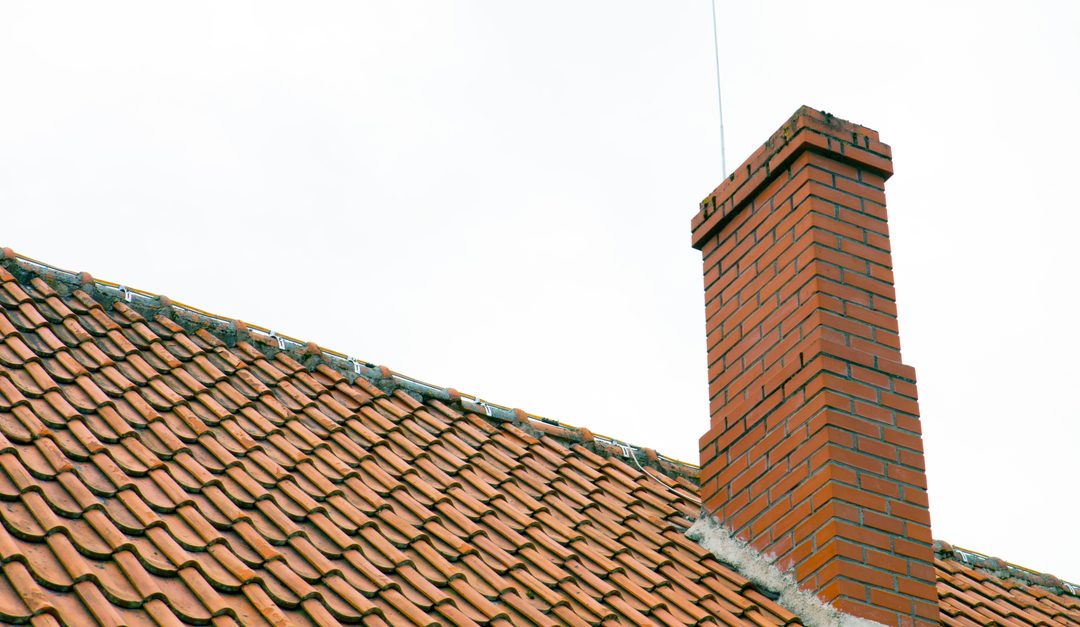Your home’s chimney might just be a part of your house you only think about when it starts getting cold. However, it’s important to ensure its proper functionality for the safety of you, your family, and your home.
Types of Chimneys
There are two main styles of chimneys out there:
- Traditional masonry chimneys are constructed with stone or brick. These include a firebox (the area where wood is burned) and a flue (the interior air shaft of the chimney that extends from the firebox to the roof). The chimney features a crown-like structure that assists in the prevention of water damage and the deterrence of small animals from entering the chimney.
- Prefabricated chimneys also have a firebox and cap, but expel fumes through a simple pipe— not a flue. These chimneys are more affordable, but not quite as durable.
Dampers
Regardless of what type of chimney it is, every chimney is fitted with a damper— i.e. a moveable metal plate. When the damper is opened, it allows the smoke and carcinogens in the fireplace to exit the house completely. The damper usually stays closed during the summer or any general time when the fireplace isn’t being used in order to maintain a comfortable temperature within the home.
The standard throat damper is placed above the firebox and is controlled by a handle, whereas a top-sealing damper is placed at the top of the flue. The top-sealing damper has a stainless steel chain attachment that extends toward the vertical length of the chimney, and is the means by which the damper is opened and closed.
Flues and Drafting
We take for granted the scientific principle responsible for preventing our homes from filling with hazardous fumes and smoke. This concept is known as drafting, and is the process in which rising heat forms an air current that carries all of the toxic smoke and heat with it in an upward motion.
Generally speaking, the larger the flue, the stronger the draft.


Recent Comments